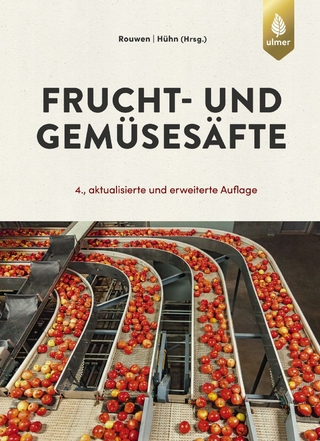
Nutritional Quality Management of Forages in the Himalayan Region
Springer Verlag, Singapore
978-981-16-5436-7 (ISBN)
• Provides a comprehensive discussion on the prospects of Himalayan forages.
• Collates findings and data based on more than two decades of research on nutritional quality of different temperate grasses, fodder trees, legumes and non-conventional forage resources.
• Includes information on different forage resources, nutritional quality of forages, niche based nutritive forage species, varietal improvement of different species for nutritionally rich forages, non-conventional forages and modern biotechnological intervention for quality improvement of forages.
• Offers a valuable resource of information on forages for researchers and policymakers
• Include information oriented toward livestock feeding, influencing their health, production and productivity affecting economic status of farmers.
• Presents exhaustive information on forage species along with pictorial presentations.
The target audience will be researchers and scientists in public and private institutions (e.g. government, academia, dairy industry), policy planners, animal nutritionists and students. The monograph is relevant for the readers interested in understanding forage quality for livestock feeding and suggest models for quality improvement of forages worldwide, in similar topographies. It is also relevant to the researchers studying forage improvement and biofortification for nutritional enhancement for improving livestock health and productivity
Dr. Rajan Katoch is currently working in the Department of Genetics & Plant Breeding at CSK Himachal Pradesh Krishi Vishvavidyalaya, Palampur. He has more than two decades research and teaching experience in the field of Biochemistry and Molecular Biology. He is actively involved in research on nutritional evaluation and quality improvement of forages and headed more than ten research projects as Principal Investigator funded by prestigious government organizations. He has received several prestigious awards and honors including Young Scientist Award, Award from CSIR for excellence in biochemistry, Group Study Exchange (GSE) fellowship from South America (Brazil), ICAR fellowship and DBT Crest Award from Govt. of India. He has also received “appreciation awards” from the United States Department of Agriculture (USDA) for his exemplary work on ricebean protease inhibitor as a transgene for resistance. He is a fellow and member of various professional societies and secretary of the Indian Society of Agricultural Biochemists (PC). He has published over 150 papers in high impact peer-reviewed international and national journals and has authored more than ten successful books with prestigious publishers.
Chapter 1. Overview .- Chapter 2. Impact of forage availability on livestock rearing and socio- economic aspects.- Chapter 3. Forage resources in Himalayan region.- Chapter 4. Constraints affecting forage availability in Himalayan region.- Chapter 5. Factors influencing forage nutritional quality.- Chapter 6. Forage genetic resources (FGR) .- Chapter 7. Approaches for nutritional quality improvement in forages.- Chapter 8. Nutritional and anti-nutritional constituents in forages.- Chapter 9. Nutritional quality estimation of forages.- Chapter 10. Nutritional quality of major forage grasses of Himalayan region.- Chapter 11. Forage legumes in Himalayan region.- Chapter 12. Fodder trees in mitigating forage demand.- Chapter 13. Prospects of non-conventional feed resources of Himalayan region.- Chapter 14. Improving quality and digestibility of crop residues.- Chapter 15. Biotechnological techniques for nutritional quality improvement in forages.-Chapter 16. Lignin: possible manipulations in forages.- Chapter 17. Post-harvest processing and conservation of forages.- Chapter 18. Effect of harvest and storage on forage quality.- Chapter 19. Challenges and opportunities in forage and livestock production in Himalayan region.
| Erscheinungsdatum | 26.05.2022 |
|---|---|
| Zusatzinfo | 1 Illustrations, black and white; XXIX, 590 p. 1 illus. |
| Verlagsort | Singapore |
| Sprache | englisch |
| Maße | 155 x 235 mm |
| Themenwelt | Technik ► Lebensmitteltechnologie |
| Technik ► Umwelttechnik / Biotechnologie | |
| Weitere Fachgebiete ► Land- / Forstwirtschaft / Fischerei | |
| Schlagworte | Animal feed • Antinutrient • fodder • forage crop • livestock • nutritional quality evaluation |
| ISBN-10 | 981-16-5436-0 / 9811654360 |
| ISBN-13 | 978-981-16-5436-7 / 9789811654367 |
| Zustand | Neuware |
| Informationen gemäß Produktsicherheitsverordnung (GPSR) | |
| Haben Sie eine Frage zum Produkt? |
aus dem Bereich


